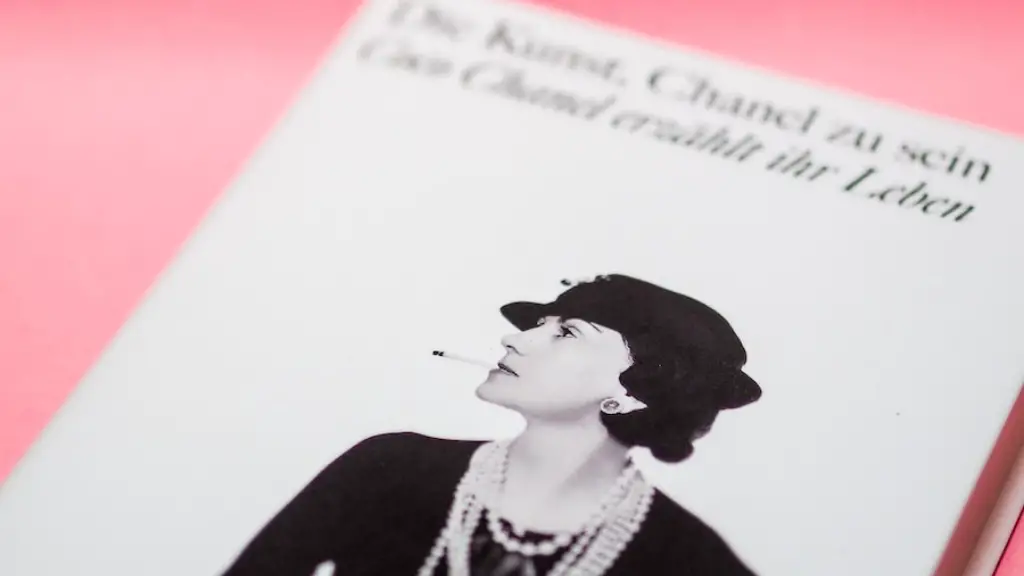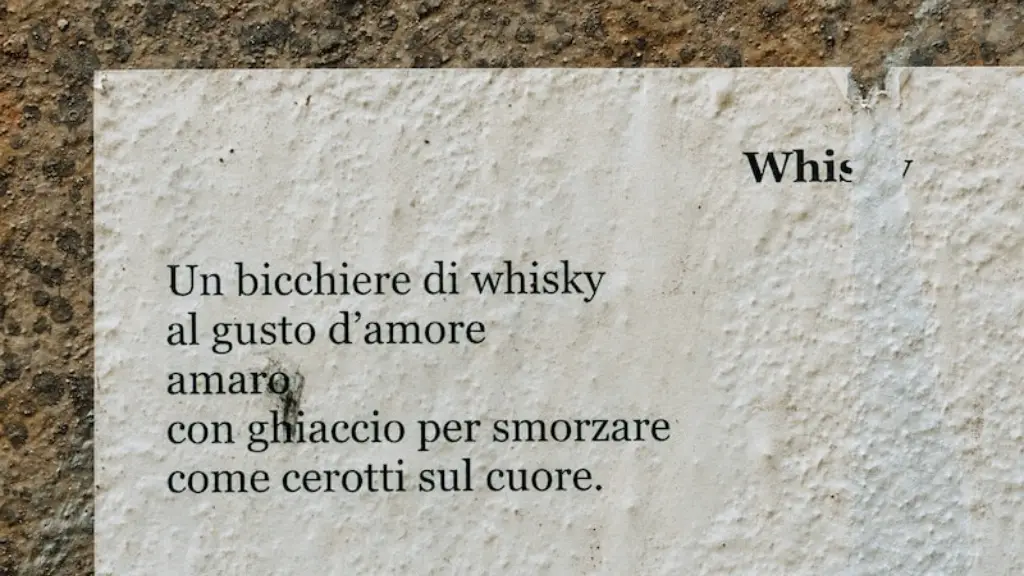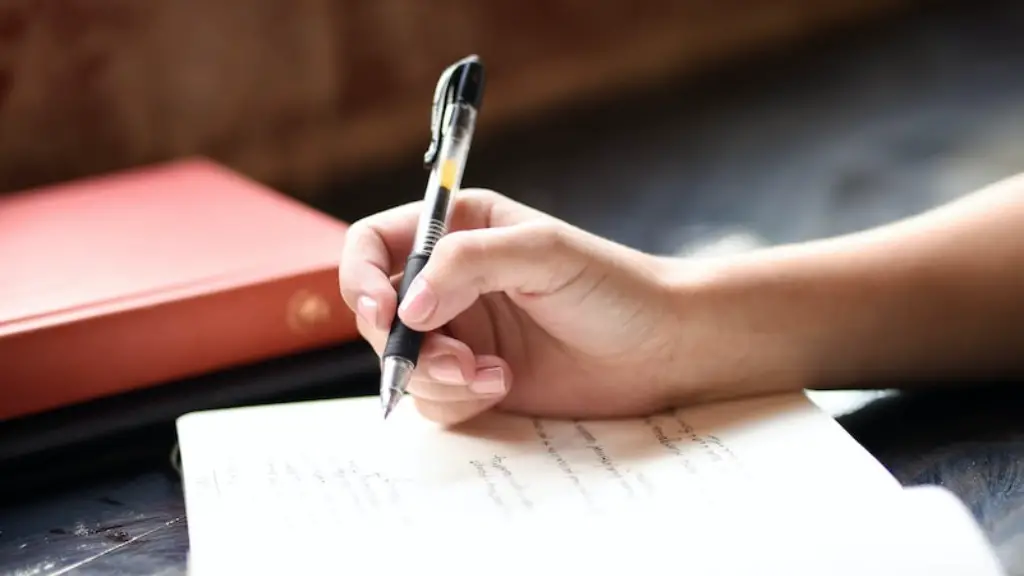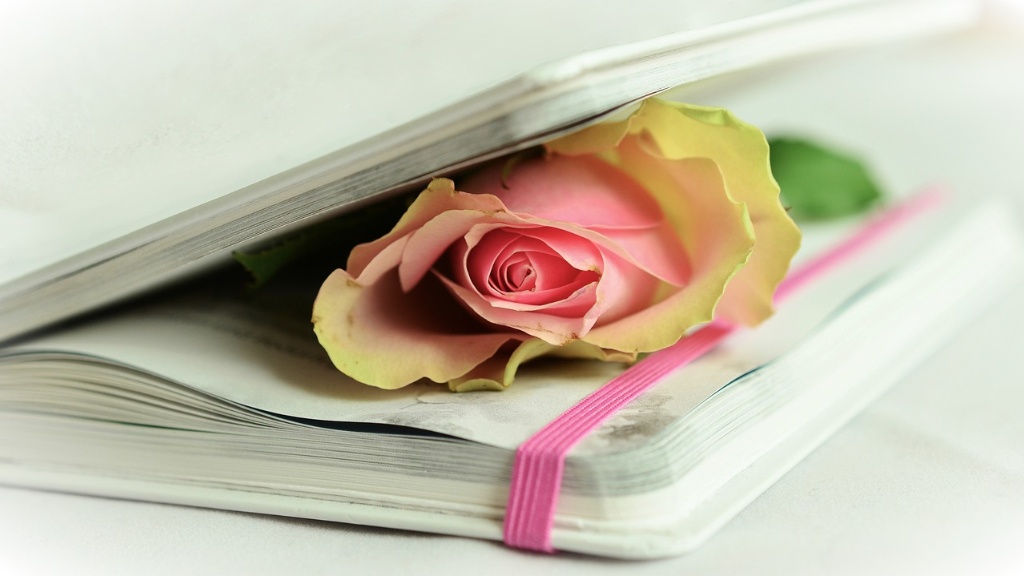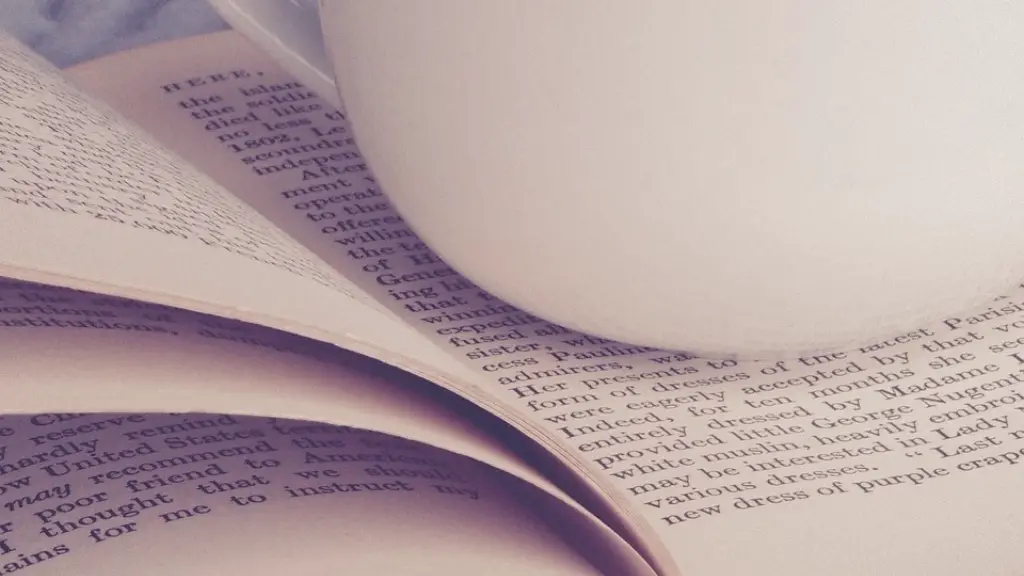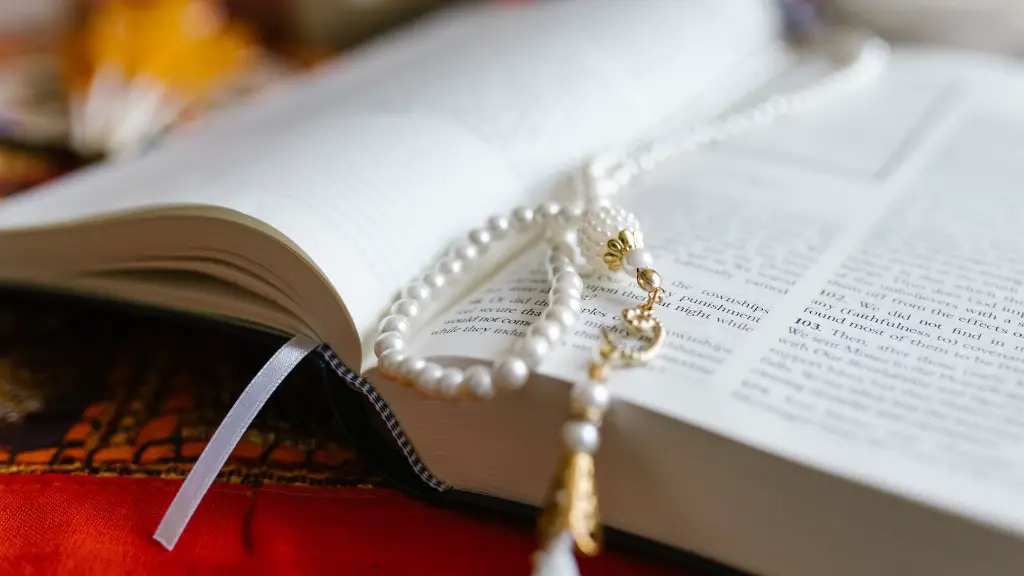Emily Dickinson was an American poet who wrote in a style that was very unique for her time. She often used slant rhymes and unusual syntax in her poems, which made them stand out from the work of other poets of her era. Dickinson is considered one of the most important American poets, and her work is still studied and appreciated by many people today.
The elusive style of Emily Dickinson has long been a source of fascination for critics and readers alike. While she is often lauded as one of America’s greatest poets, the unconventional form and content of her poetry has made her a subject of debate. Dickinson employed a highly idiosyncratic style of composition, which included short lines, irregular punctuation, and unconventional capitalization. She also frequently employed slant rhyme, a technique in which two words share a similar sound but not necessarily the same spelling. This characteristic use of slant rhyme is one of the defining features of Dickinson’s style.
What genre was Emily Dickinson?
Emily Dickinson’s poetry is unique in that it straddles the genres of Romanticism and Realism. Her poetry is highly descriptive, praising the beauty and nobility of nature, as well as the abstract ideals of morality and beauty. However, her poems also deal with more realistic themes, such as death and loss. This makes her poetry both accessible and relatable, as well as timeless.
Dickinson used dashes instead of traditional punctuation for a variety of reasons. For one, it allowed her to create suspense and tension in her poems. Additionally, it helped her to control the pacing and flow of her words. By capitalizing interior words, she was able to add emphasis and create a more dynamic reading experience.
Was Emily Dickinson a Romantic or realist
Emily Dickinson is one of the most well-known female poets of this literary era. As a Romantic figure, she was influenced by transcendentalism and dark romanticism. She is known for bridging the gap to Realism, and her works focus on expressing the hidden consciousness of fragmented thoughts.
Dickinson’s use of imagery, enjambment, and dashes creates an even greater sense of ambiguity in her poetry. By using these devices, she is able to increase the uncertainty of her already ambiguous subjects.
What does Emily Dickinson suffer from?
Although the official cause of death for Emily Dickinson is listed as Bright’s disease, recent research suggests that she may have actually suffered from severe primary hypertension (high blood pressure). This condition could have eventually led to heart failure or a brain hemorrhage.
Though Emily Dickinson is often categorized as a poet of her era, her work often departs from the norms of her time period. Scholars agree that Dickinson addressed literary themes common to her era—love, death, sentiment, war, religion—but they often insist that she did so “differently” from her contemporaries. This may be in part due to Dickinson’s unusual use of language and form, which often departs from traditional poetic conventions. However, it is also likely that Dickinson’s unique perspective on these common themes arose from her own personal experiences and observations. As a result, her poetry provides a fresh and sometimes unconventional take on the world around her.
How is Emily Dickinson romanticism?
This is a great analysis of Dickinson’s poem. You are absolutely right that she reflects many characteristics of the Romantic movement. In particular, her use of imagination and escapism creates a very individualized experience for the reader. Additionally, her focus on nature creates a spiritual connection that is very much in line with the Romantic ideals.
Dickinson’s style can be seen as creative in her use of punctuation. She often uses dashes and other non-standard forms of punctuation to create emphasis and to add rhythm to her poems. This can make her poems seem somewhat abrupt or episodic, but also adds to their overall effect.
Why is Emily Dickinson considered a dark Romantic
Dark Romanticism was a popular genre in the late 1800s, and it’s easy to see why Emily Dickinson’s poem would fit into that category. The poem’s dark theme and creepier symbols (graves as homes, death as a character, etc.) are pretty creepy, and her message is essentially that death isn’t bad and must be accepted.
Emily Dickinson was a 19th century American poet known for her highly introverted personality and dark, morbid attitude. She was a prolific writer, but only a small portion of her work was published during her lifetime. Emily Dickinson is now considered one of the most important American poets.
Is Emily Dickinson a dark romanticism?
Dark Romantics were a group of American authors in the early 19th century who wrote about human nature, focusing on the dark side of humanity. They believed that people were innately evil and sinful, and that this darkness led to self-destruction. They also believed that judgement and punishment were inevitable for humans, and that the psychological effects of guilt and sin could be disastrous. Some of the most famous Dark Romantics include Edgar Allan Poe, Nathaniel Hawthorne, Herman Melville, and Emily Dickinson.
Emily Dickinson is one of the most important authors in American literature. Her poetry is characterized by unconventional themes, individualism, transcendentalism, spiritualism, realism and symbolism. She is known for her unique and original style, which often challenges the reader to think differently about the world. Emily Dickinson is an important poet for anyone interested in American literature.
Was Emily Dickinson suicidal
Emily Dickinson was an American poet who is known for her enigmatic personal life and her reclusive nature. She died of her numerous medical conditions at the age of 55 in 1886. Even though she is not well-known, her poetry is highly respected and her work has been posthumously published.
I was brought up in a Calvinist household and attended religious services with my family at Amherst’s First Congregational Church. Congregationalism was the predominant denomination of early New England, of which my family was a part. I remember the church services being very strict and serious, with very little room for fun or laughter. However, I am grateful for the teachings of the church, which have instilled in me a strong sense of morality and a love for God.
What were Emily Dickinson’s last words?
In her last days, Emily Dickinson was only able to write brief notes to her niece. In one of these notes, she wrote, “I must go in, the fog is rising.” These are thought to be her final words, spoken as she looked out at the foggy landscape. Dickinson was a renowned American poet who died of Bright’s disease in 1886.
Emily Dickinson’s poems often employ short stanzas, mostly quatrains, with short lines. This helps create a sense of intimacy or closeness between the reader and the poem. Additionally, the rhyme scheme often used (second and fourth lines) gives the poems a musical quality that furthers the sense of closeness.
Conclusion
The poet Emily Dickinson was known for her unique style of writing. Her poems were often short, and they often contained unusual words and phrases. Dickinson was also known for her use of punctuation. She often used dashes instead of commas, and she sometimes left out words altogether.
In conclusion, Emily Dickinson’s style was very unique. While she did not follow traditional rules of grammar, her use of language was very poetic and often very moving. She is considered one of the most important American poets, and her style is still studied and admired by many.
